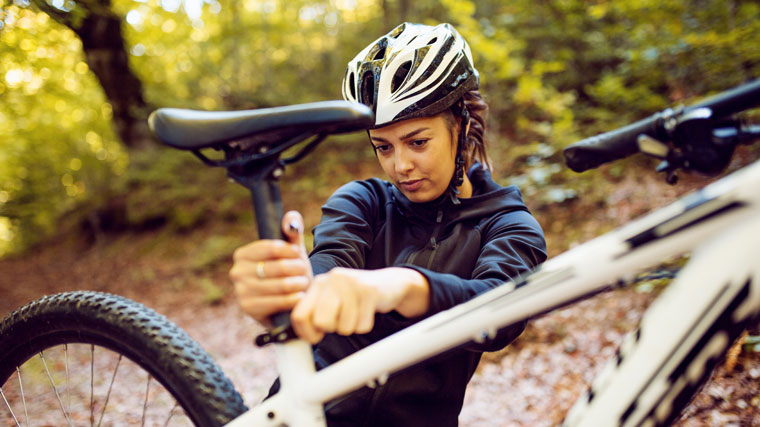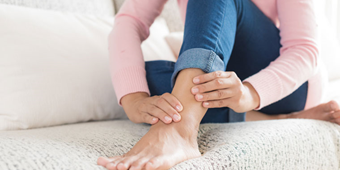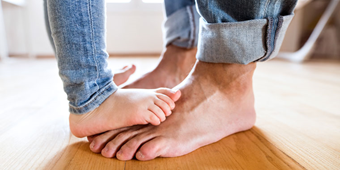Before You Ride: Bicycle Fitting Fundamentals

Find Your Perfect Match
Answer a few questions and we'll provide you with a list of primary care providers that best fit your needs.
For the most comfortable ride, it’s important for your bicycle to be properly fit to your body. Doing so can prevent injuries, improve performance, and make your rides more enjoyable. Given the repetitive nature of cycling, the chance for injury is increased, which makes it essential that your bike fit your body as intended.
Brian Jans, Premier Health physical therapist and Serotta International Cycling Institute Certified Fitter shares his advice.
Jans explains why it’s important to have a properly fit bike.
Click play to watch the video or read video transcript.
What Parts Of My Bike Will Be Adjusted And Why?
When properly positioned, your bike seat (or saddle) will help to avoid back and knee pain. Proper seat height will ensure the legs get appropriately extended and the knees get positioned properly. “Most people have their seat too low, which puts pressure on the knee cap, and requires your knees to bed more than they should,” explain Jans. “The seat sits on a rail and can be moved forward or back as well as up and down.” If your seat is too high, or too far forward, you may have neck pain, Jans adds. “It also can result in pain to the lower back, shoulders and hands.”
Clipless pedals also can be moved forward, backward, or rotated so the feet and knees are properly positioned. The cleats on your shoes also can be changed or adjusted if your feet are out of position.
Handlebar adjustments can improve your ability to control your bike. Tingling in your hands during a ride often means you’re leaning too far forward. Adjusting the handlebars (and sometimes the seat) will ensure you’re not putting too much weight on your hands. “If your handlebars are too low and you’re leaning forward as you ride, you’ll likely need to extend your neck to look up more than you should,” says Jans. This also can result in neck pain.
Jans describes the different parts of the bike that can be adjusted for a proper fit.
Click play to watch the video or read video transcript.
What Happens During a Fitting?
Brian Jans, PT, explains what you can expect during a bicycle fitting at Premier Health Center for Sports Medicine.
Click play to watch the video or read video transcript.
How Can I Ensure a Safe Return After An Injury?
When returning to cycling after an injury, Jans recommends:
- Start out riding on level surfaces
- Try to keep gearing at a lower level, so you’re spinning faster which puts less torque through your body
- Ride with temperatures above 65 degrees
- If temperatures are below 65 degrees, wear tights to keep your legs warm
- Don’t increase your mileage more than 10 percent each week
Other Recommendations For Safe Cycling
Drink plenty of water and wear a helmet. These are two ways you can stay safe while riding, states the American Academy of Family Physicians. Also stay aware of your surroundings and wear reflective gear.
Having proper apparel, such as a properly-fitted helmet, is also important. Cycling shorts, for example, are helpful because they help pad the pelvis area.
According to the American Academy of Orthopaedic Surgeons, other things to consider while cycling are:
- Avoid distractions
- Avoid drugs or alcohol
- Be careful of road conditions
- Choose bike routes wisely
- Maintain your bicycle
- Pace yourself
- Ride defensively
Find Your Perfect Match
Answer a few questions and we'll provide you with a list of primary care providers that best fit your needs.
Source: Brian Jans, Premier Health physical therapist and Serotta International Cycling Institute Certified Fitter; American Academy of Family Physicians; American Academy of Orthopaedic Surgeons







